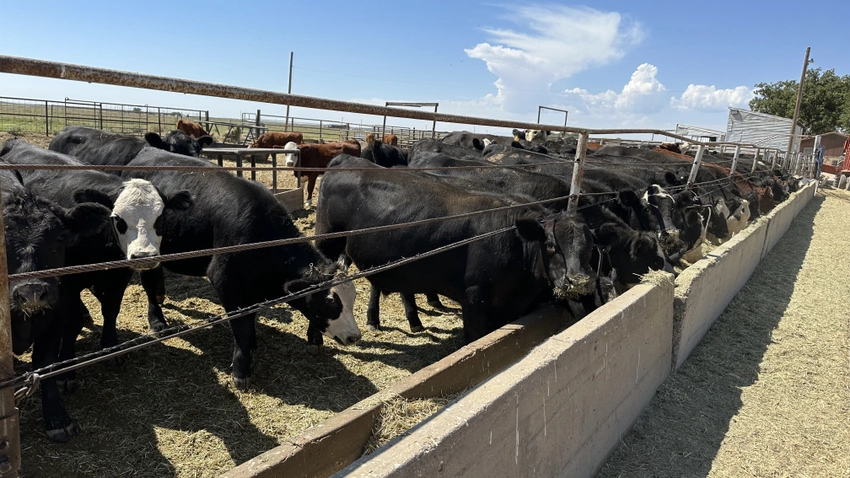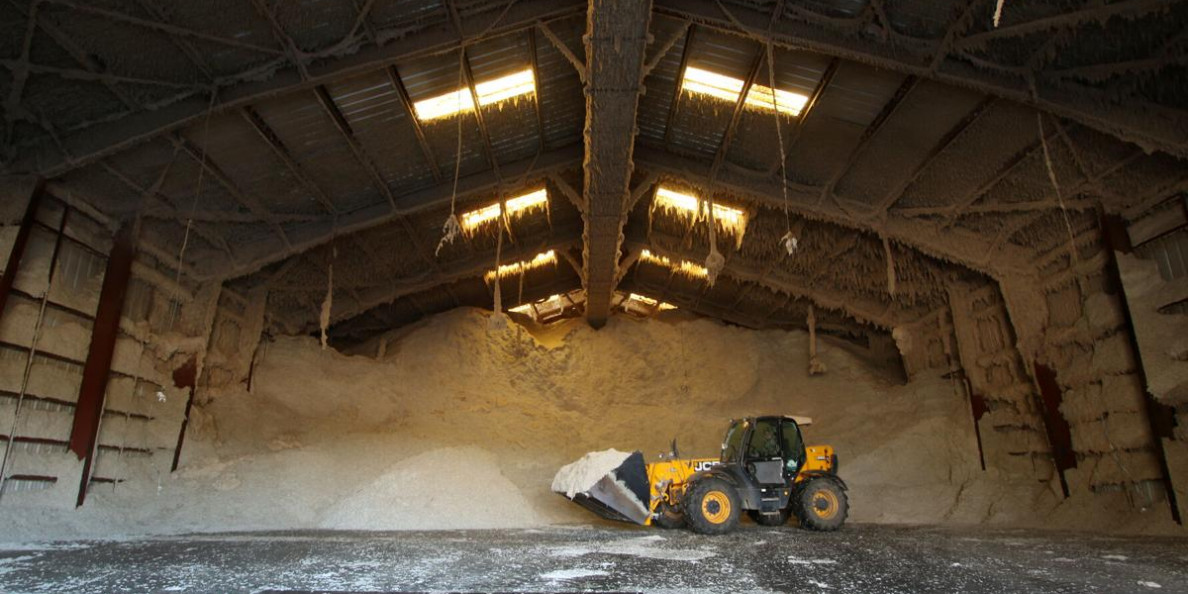Whole cottonseed has been fed to cattle for a long time, but in recent years there has been renewed interest in this highly nutritious byproduct of the cotton industry. Cotton Incorporated now has a Beef Advisory Council to help beef cattle producers understand the benefits of feeding whole cottonseed.
Alisa Ogden, a member of the Beef Advisory Council, farms and ranches in southeastern New Mexico near Loving.
“Our family has ranched here for 133 years and farmed for 107 years,” Ogden says. “I’ve been actively farming for 42 years. We have a cow-calf operation and also raise cotton and alfalfa. Our family has utilized whole cottonseed for decades to feed calves after weaning, and yearlings.
“Whole cottonseed has been fed to dairy cattle for years because it increases production of butterfat and has other benefits, but most beef producers today don’t know much about it,” she says.
Whole cottonseed can be an excellent supplement on dry pastures—for lactating cows and their calves. It can be fed in bunks or on the ground. On sod or frozen ground it can be simply spread in a long line for cattle to eat. In muddy or dry, dusty conditions, however, it’s best to feed in bunks.
“We are very dry here; our ground is dusty, without ground cover, and it doesn’t freeze in the winter. To avoid waste we have to feed it in bunks—either in a mixed ration or free choice. Most people use it in a ration rather than free choice,” she says.

No ill effects
Some people avoid cottonseed when feeding bulls, but recent studies have shown no adverse impacts on bull fertility. Lawton Stewart in Georgia has been doing research on the optimal amount of cottonseed that can be fed to breeding cattle (cows and bulls) without negatively affecting fertility.
“The rule of thumb is to feed about 0.5% of body weight. We feel that 0.5% is easy to figure when formulating rations; if you have a 1000-pound animal you could feed 5 pounds of cottonseed per day. Rule of thumb on our ranch, however, was to feed about 2.5 pounds per animal per day.” Ogden says. In the study in Georgia, on bulls, the research trial did not extend beyond 60 days, but for that length of time the cottonseed had no negative effect on bull fertility.
“There are a lot of dairies here in New Mexico, and a few in Texas. We have easy access to cottonseed. Nearest source for our farm is a gin 45 miles away. But to buy it you need to put your name in the hat because they often put it up for bid. If you raise cotton, however, you can use your own feed if you can find a way to store it and use it in your rations. It’s great feed for backgrounding calves,” Ogden says.
Not many ranchers in her area background their calves, however. Some calves get weaned and pre-conditioned for a short time before they sell, but many are sold right off the cow or go to a backgrounding facility.
“Ranchers here mainly use cottonseed cake for their cows,” she says. “We use whole cottonseed in a total mixed ration for the young, growing animals we’ve weaned. For the cows, however, it’s easier for us to use it in cake form. They really like cake, but you have to train cattle to eat it. Cattle that are not accustomed to eating cake won’t eat it.”
If calves don’t grow up eating it with their mothers—mimicking mom—they don’t want to try it.
Easy to source
In areas where cotton is grown, whole cottonseed is easy to source. Even in regions far from the cotton gins, however, if there are very many dairies, there is often access to cottonseed because many dairies utilize it to increase milk production and butterfat content. A lot of dairies have it brought in by the semi-load. You may have a nearby dairy that might sell you a few tons for your beef cattle.
The benefits of whole cottonseed are many, supplying energy through the oil (fat), fiber and protein. “Cows have better milk production, their calves are healthier, etc. To have a balanced diet, cottonseed is about the best supplement,” Alisa says.
Old-timers used to describe whole cottonseed as a triple-20 feed, meaning it was approximately 20% fat, 20% protein, and 20% fiber, and all of these ingredients are important for a beef cow or feedlot animal. Cottonseed is unique compared to other feed ingredients in that it is very high in those three characteristics; no other feed has that same nutritional profile.
When feeding a total mixed ration in a feedlot, whole cottonseed can typically be included at about 15%-20% of that mix. It can replace the protein, fat and fiber from other ingredients in a feedlot ration, with no detriment to performance and in some cases improved performance compared to the other ingredients it is replacing. It’s safer to feed than starchy ingredients that might lead to acidosis or founder. In some situations, the standard ingredients of a ration may also become too expensive or harder to come by, and whole cottonseed might be a viable alternative. It’s also an effective supplement for beef cattle out on pasture.
In regions experiencing drought, the challenge is finding fiber. Hay is scarce, and most supplemental feeds don’t contain much fiber. With poor pastures, some ranchers are creep feeding their calves, and cottonseed can be a good addition to the creep feed mix--to help make up the nutritional deficiencies in dry pastures. Whole cottonseed is now easier to find in some area than oats, and also provides more nutrients than many other feed ingredients.
The first step to incorporating whole cottonseed into beef cattle diets is speaking with your nutritionist and formulating a ration that meets your animal production expectations and does not exceed feed budgets.
Πηγή: farmprogress.com

